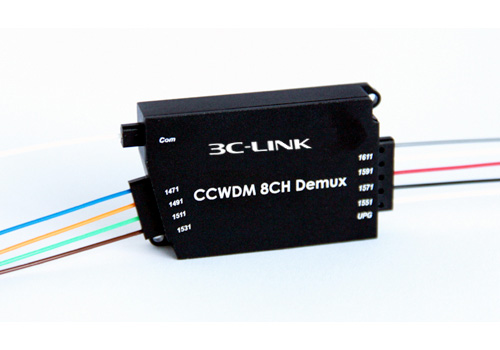
CCWDM Module
 |
 |
 |
| Hydropower | Solar Energy | Wind Energy |
There are several challenges associated with renewable energy. For instance, the initial cost of renewable energy sources is often prohibitively high, and it is difficult to find governments that will support the development of renewable energy facilities. In addition, there are not many trained workers and research institutes, and there is no comprehensive data mapping. Even if there are benefits to human life and the environment, several issues must be addressed before this technology can be implemented.
Developing countries have a huge challenge in meeting the high costs associated with renewable energy. Most of the projects are located in remote, rural areas. In addition, skilled labour is expensive. Typically, unskilled labour is used only for the construction phase, and once the energy system is fully operational, this labour is redundant. This means that the cost of implementing renewable energy projects can easily outpace the minimum wage of most developing nations.
To enable the IIoT, industrial networks must be capable of high-performance, low-latency, and flexible networking capabilities. Ethernet has long been the technology of choice for many industrial networks because of its low cost, standardization, and versatility. The challenge of the IIoT is that the existing industrial Ethernet infrastructure must be modernized to support new applications without breaking existing networks. This involves carefully balancing between supporting existing non-standard protocols and preparing for emerging innovations.
3C-LINK Layer 2+ Managed Industrial PoE and Non-PoE Network Switches have high-standard industrial grades. It offers Layer 2 switching functions and Layer 3 static routing features in such a rugged enclosure. Industrial Ethernet switches operate consistently at temperatures between -40 and 75 degrees, allowing DIN rail mounting or wall mounting to utilize cabinet space efficiently.



In today’s complex industrial environments, the proper switch is critical to smoothly running critical industrial processes. An industrial Ethernet switch is a device that relays data between connected devices and provides physical security. Standard Ethernet is not designed for industrial use and is challenged by a harsh working environment and severe electromagnetic interference. These factors can reduce the reliability of standard commercial switches. Industrial Ethernet switches provide the flexibility and reliability required to deploy industrial automation networks successfully.
As a result, industrial Ethernet switches are cost-efficient and reliable. They are designed to withstand harsh environments and high shock, vibration, and temperature variations. This makes them ideal for many industrial applications. Industrial Ethernet switches are increasingly in demand in various sectors and industries. If you have an industrial network, it’s important to ensure the equipment is reliable and durable. Industrial Ethernet switches are designed to provide reliable communication for multiple devices.

Copyright © 2022 3c-link Corporation Limited.VOKO提供网站技术支持
Privacy Policy